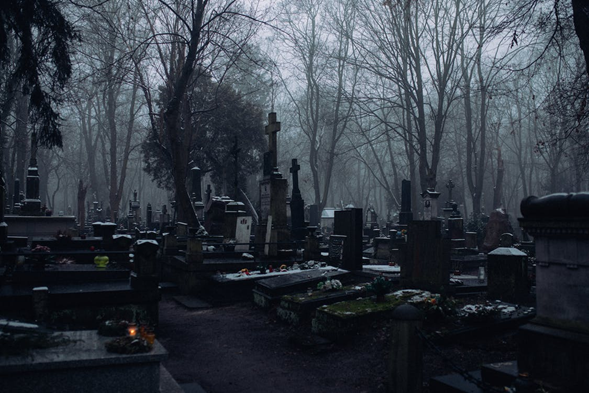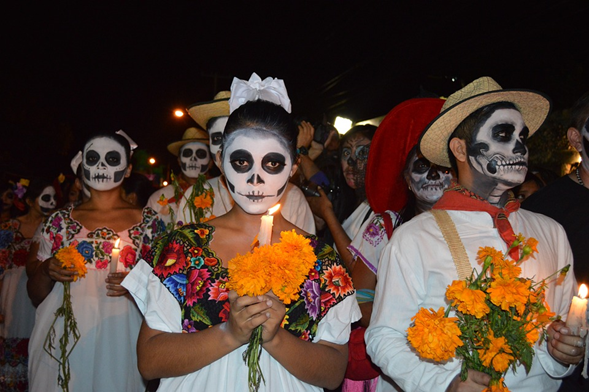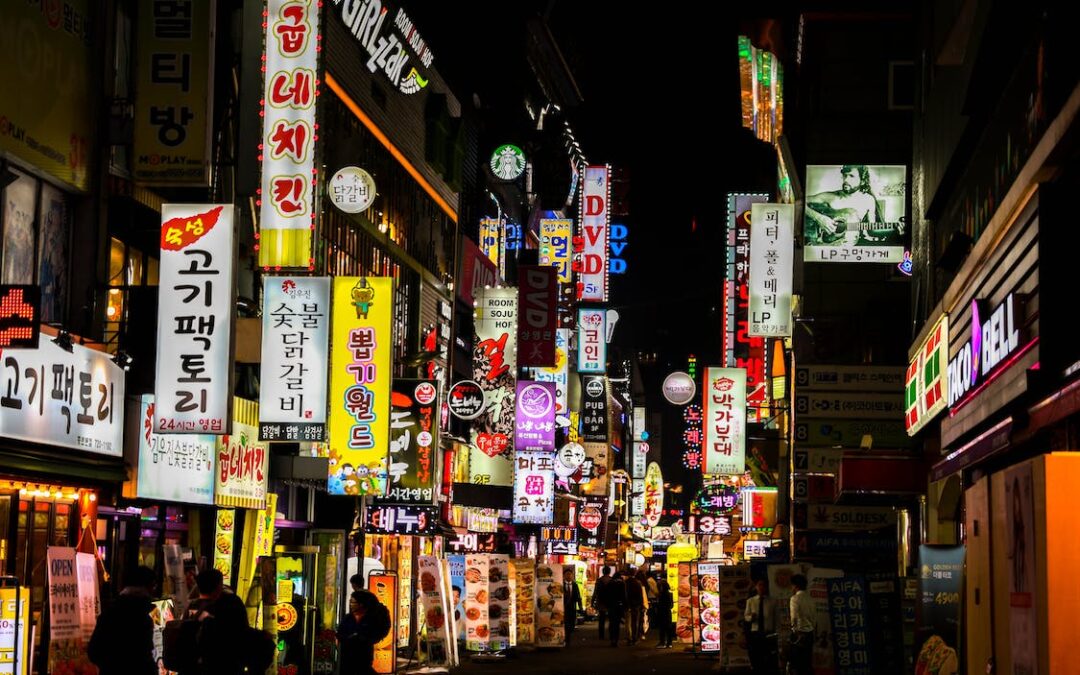
La Toussaint, a French celebration
By: Francisco Landa
Once again, we are on the eve of a celebration that makes us experience a whole series of sensations and emotions, both in the family and personal spheres as well as in the social one. The celebrations and commemorations which are full of history and that represent at the same time one of the most colourful, striking and famous traditions in the world. That is correct, I am talking about the Day of the Dead and All Saints’ Day.
The Day of the Dead in Mexico is the result of a superb mix between Catholicism and pre-Hispanic cultures. It is a tradition that, due to its nuances and originality, has caught the attention of the entire world. It’s a fact that nobody celebrates death as distinctively as we Mexicans do.
Then again, we may say that the only celebrations that take place at the end of October and at the beginning of November are “Halloween” and the former parties previously mentioned. However, it is not the case of French-speaking countries, especially France.
In France, La Toussaint is celebrated on November 1st. It is the equivalent to Mexico’s All Saints’ Day (for instance, November 2nd). Now the question is: “How is it celebrated and what do we expect to do about it?” Despite the multiple answers that we can find, if you ask any French, they will mention that it is a sad day. The reason is that it happens in the middle of autumn, it is cold and of course, the perspective of French people towards death is conservative as well as a big taboo. Because of this, Mexican traditions can be quite disturbing for them by not delving into the true meaning of the symbols. As it is a holiday, most shops or offices are closed (although it is getting common for big shopping centres or supermarkets to open their doors).
During the “Toussaint”, people remember their dead. They visit the cemeteries and tombs of their deceased to clean them and decorate them with “chrysantèmes” (chrysanthemums). Thinking of those who have already left is a very intimate act and, for most of them, it is a source of nostalgia, pain and sadness.
French etiquette tip:
You must never give chrysanthemums to someone; It is very frowned upon. This flower is traditionally associated with death. It can be a big “faux-pas” (false step, or what is the same, it would be “messed up”), instead of a kind gift.
Toussaint’s holidays:
This season brings with it the “Vacances de la Toussaint” or All Saints’ Day holidays. Students went back to school in September, and they have the first two weeks of vacation of the school year right at this time.





